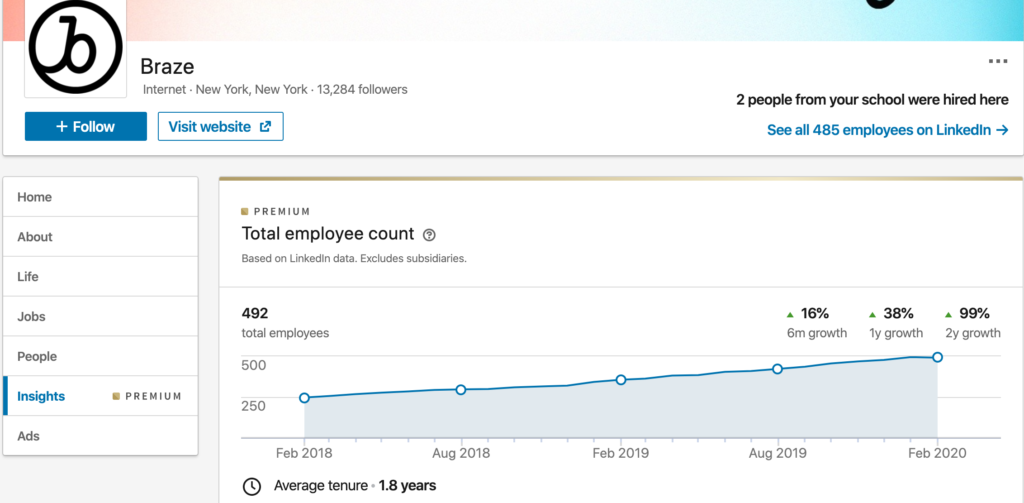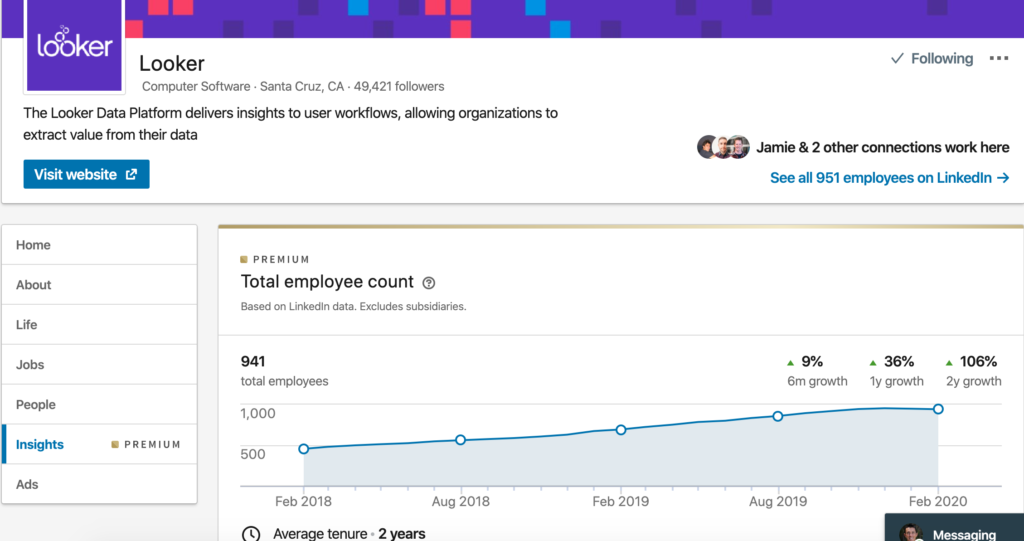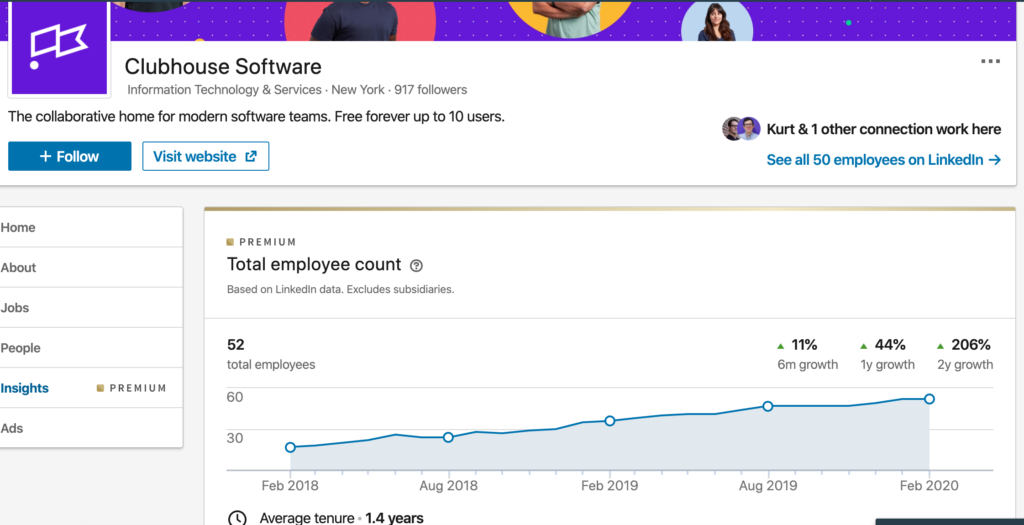As you start to truly scale your software startup, you’ll probably start to hear investors talk about the Rule of 40.
Simply put, you take you growth rate and subtract your EBITDA margin. If it’s above 40%, you’re in good shape. If it’s below 40%, you should start figuring out how to cut costs.
For example, if you’re at $5m in revenue and growing 100% (expecting to hit $10m in revenue next year) but losing $6m in the process (negative 60% EBITDA margin), you’re okay. Lose any more than that, and you’ve got to dial back on spending. Here’s a recent post with some great charts looking at how public SaaS companies conform to the Rule of 40 from the smart folks at Volition Capital: https://www.volitioncapital.com/news/the-rule-of-40-growth-profitability-and-the-tortoise-and-the-hare/
The Rule of 40 is wrong for fast growing companies
My guess is the Rule of 40 comes from the fact that a mature software company should expect 20% EBITDA margins and likely will be growing 10% (which would equal 30% combined number for the Rule of 40), and because investors always want to push you, that becomes 40.
However, as long as you are burning money to drive growth, the Rule of Negative 40 is a much better metric.
Here’s why:
For every dollar of additional revenue, you are adding, at a minimum, 6x that in additional company enterprise value, given the low end of SaaS valuations. If you go from $10m in revenue to $20m in revenue, your valuation, theoretically, goes up from $60m to $120m. You should be willing to spend up to $60m to add that $10m in revenue. With the Rule of Negative 40, you’d be willing to have a -140% EBITDA margin to support 100% growth, or in this case, burn $14m. That’s still over a 3x return on the $14m investment ($60m gain in value for $14m of spend).
There’s one caveat:
The rest of your P&L needs to be at the right ratios.
If you’re overspending on G&A (office space, free lunch, HR, execs, etc) or your gross margin isn’t 75-80% or anything else is structurally unsound, the theory goes out the door because you aren’t able to cut your way to 20% EBITDA margins if you wanted to stop growth but improve margin.
I’ve put together a quick spreadsheet to demonstrate this, if you want to make a copy and play around: https://docs.google.com/spreadsheets/d/12gI2cmF899Pa1l0J4hZh867aVsNGMPRJ7IBG4xa7SbM/edit?usp=sharing
Note, there are obviously plenty of other factors that play into why you might want to be more conservative with your burn relative to your growth, including, most importantly, your ability to raise the capital needed to fund that growth.
Would love to hear your thoughts on the new Rule of Negative 40!


